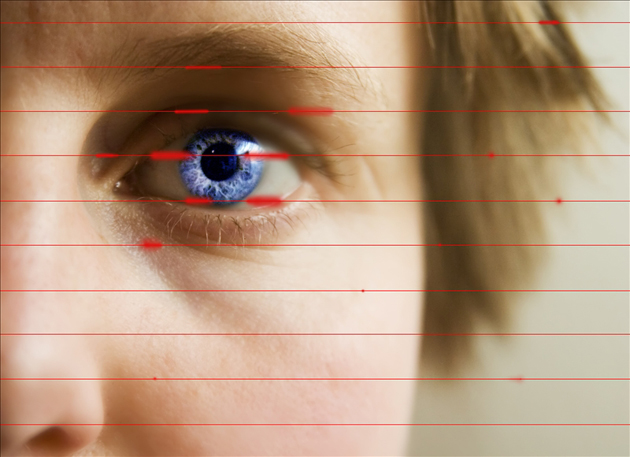A Department of Commerce committee will meet for the first time this Thursday to begin discussions on a standard of guidelines for facial recognition software.
A Department of Commerce committee will meet for the first time this Thursday to begin discussions on a standard of guidelines for facial recognition software.
The committee will meet several times over the coming months to lay down a set of ‘best practices’ aimed at protecting consumer’s privacy rights.
The effort is being backed by the National Telecommunications and Information Administration (NTIA). Administrator Lawrence Strickling said that “Facial recognition technology has the potential to improve services for consumers, support innovation by businesses, and affect identification and authentication rights online and offline. However, the technology poses distinct consumer privacy challenges.”
The meeting comes as rumours circulate about Apple and Samsung’s intentions to use facial recognition software for security in their next generation of smartphones. In December, Apple was granted a US patent for “personal computing device control using face detection and recognition”.
In guidelines laid down for the meetings, the NTIA said that it would be consulting with “knowledgeable stakeholders from industry, civil society, and academia” to discuss the privacy issues raised by the technology. Later meetings will attempt to lay down a code of conduct for all bodies.
Political blog The Hill reports that Facebook and the FBI have both been proceeding with facial recognition databases without guidelines to follow, and quoted Senator Al Franken (D-Minn.) as hailing the NTIA’s decision to address facial recognition as “great news for privacy”.
He continued “While facial recognition can be useful, these programs don’t do enough to protect privacy – and they are just the beginning of what is a growing technology.”
SC Magazine highlighted the various areas in which facial recognition is already being used, including in-store security camera systems, photo management software, gaming and mobile security.
Security analysts at Gartner announced today that they expect 30 percent of organisations to use biometric authentication on mobile devices, up from 5 percent today. Key factors in the change are expected to be a decline in the robustness of traditional passwords, and a growing increase in BYOD (bring your own device) practices in the workplace.







